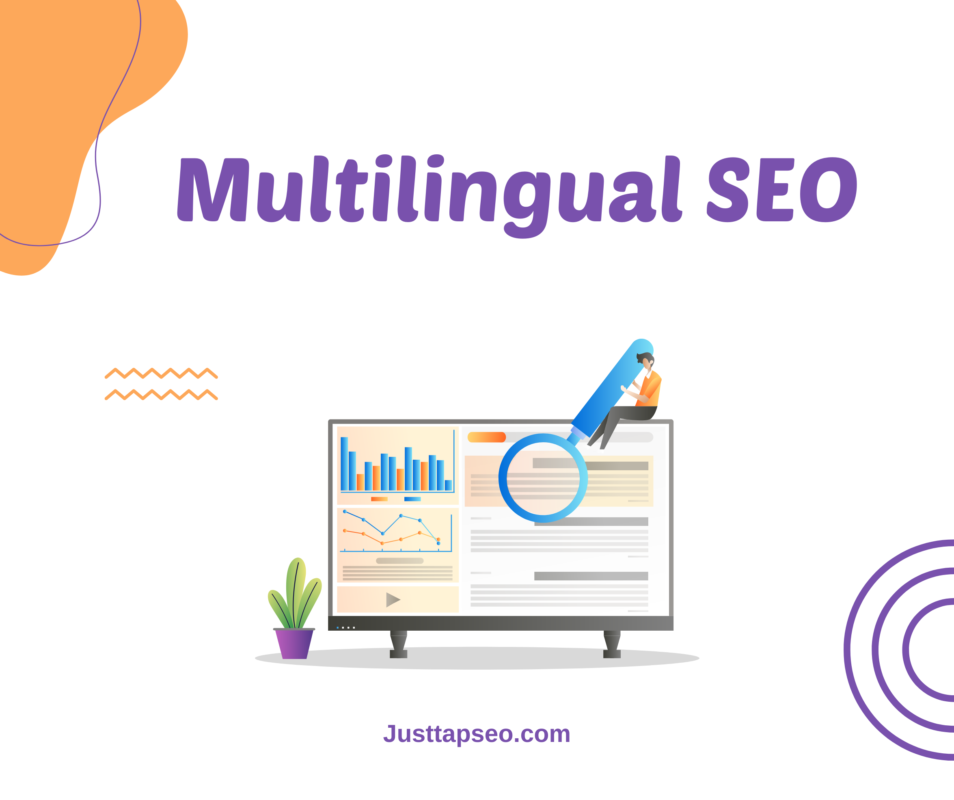In 2025, businesses aiming for global success must master multilingual SEO. The USA and China are two of the largest and most competitive markets, but their search engine landscapes are vastly different. To dominate both, you need a tailored strategy that addresses language, culture, and technical nuances.
This blog will walk you through proven multilingual SEO strategies to help you rank higher on Google in the USA and Baidu in China. From keyword research to website optimization, we’ve got you covered. Let’s dive in!
Why Multilingual SEO is Crucial for the USA and China
The USA and China are economic powerhouses, but their internet ecosystems are worlds apart.
- USA: Google dominates with over 90% market share. English is the primary language, and user behavior leans toward detailed, informative content.
- China: Baidu reigns supreme, and Mandarin is the primary language. Users prefer fast-loading, mobile-friendly websites with localized content.
Without a multilingual SEO strategy, you risk losing visibility in these lucrative markets.
Step 1: Conduct Market-Specific Keyword Research
Keyword research is the foundation of any SEO strategy. For multilingual SEO, it’s even more critical.
USA: Focus on Google
- Use tools like Google Keyword Planner or Ahrefs to find high-traffic keywords.
- Analyze search intent. For example, “best smartphones” might be a popular query.
- Incorporate long-tail keywords like “best budget smartphones 2024.”
China: Focus on Baidu
- Use Baidu Keyword Tool to identify Mandarin keywords.
- Understand local search behavior. For example, “最佳智能手机” (best smartphones) might be a top query.
- Avoid direct translations. Instead, use culturally relevant phrases.
Pro Tip: Use tools like SEMrush to compare keyword trends across both markets.
Step 2: Optimize Your Website Structure
Your website structure plays a huge role in multilingual SEO. Here’s how to get it right:
Use Hreflang Tags
Hreflang tags tell search engines which language and region your content is targeting. For example:
html
Copy
<link rel=”alternate” hreflang=”en-us” href=”https://www.example.com/us/” />
<link rel=”alternate” hreflang=”zh-cn” href=”https://www.example.com/cn/” />
This ensures users see the correct language version of your site.
Create Separate URLs
Use separate URLs for each language version, like:
- example.com/us/ for the USA
- example.com/cn/ for China
This makes it easier for search engines to index and rank your pages.
Implement XML Sitemaps
Submit separate XML sitemaps for each language version to Google Search Console and Baidu Webmaster Tools. This helps search engines crawl and index your site more efficiently.
Step 3: Localize Your Content
Localization goes beyond translation. It’s about adapting your content to resonate with local audiences.
USA: Focus on Quality and Depth
- Create detailed, informative content that answers user queries.
- Use culturally relevant examples, like referencing Thanksgiving or Black Friday.
- Optimize for readability with short sentences and bullet points.
China: Focus on Speed and Simplicity
- Use concise, visually appealing content.
- Incorporate local festivals like Lunar New Year or Double 11 Shopping Festival.
- Optimize for mobile, as most Chinese users browse on smartphones.
Pro Tip: Hire professional translators who understand SEO to ensure your content is both accurate and optimized.
Step 4: Optimize for Mobile
Mobile optimization is crucial for both markets, but especially for China.
USA: Responsive Design
- Ensure your website adapts to different screen sizes.
- Use large, easy-to-click buttons.
- Avoid intrusive pop-ups.
China: Mobile-First Approach
- Optimize for fast loading speeds. Baidu prioritizes websites that load quickly.
- Use AMP (Accelerated Mobile Pages) to improve performance.
- Test your website on popular Chinese browsers like QQ and UC Browser.
Step 5: Build Local Backlinks
Backlinks are a key ranking factor for SEO. For multilingual SEO, you need region-specific backlinks.
USA: Focus on Authority Sites
- Earn backlinks from reputable .edu and .gov sites.
- Partner with industry blogs and influencers.
- Use tools like Ahrefs to track your backlink profile.
China: Leverage Local Platforms
- Partner with Chinese websites, forums, and social media platforms like Weibo and WeChat.
- Submit your website to Chinese directories like Hao123.
- Use Baidu Webmaster Tools to monitor your backlink profile.
Step 6: Monitor and Adjust
SEO is an ongoing process. Use analytics tools to track your performance:
- Google Analytics for the USA.
- Baidu Analytics for China.
Regularly review your rankings, traffic, and conversions. Adjust your strategy based on what’s working and what’s not.
Common Multilingual SEO Mistakes to Avoid
- Ignoring Local Search Engines: Don’t focus solely on Google. Baidu is equally important for China.
- Poor Translation: Avoid using automated translation tools. Hire professional translators who understand SEO.
- Duplicate Content: Ensure each language version has unique content to avoid penalties.
- Neglecting Technical SEO: Hreflang tags, XML sitemaps, and structured data are essential.
Tools for Multilingual SEO
Here are some tools to streamline your efforts:
- Google Keyword Planner: For USA keyword research.
- Baidu Keyword Tool: For China keyword research.
- SEMrush: For competitive analysis.
- DeepL: For accurate translations.
- Baidu Webmaster Tools: For monitoring performance in China.
Conclusion
Dominating the USA and China markets with multilingual SEO is no small feat, but it’s achievable with the right strategies. By conducting market-specific keyword research, optimizing your website structure, and localizing your content, you can create a strategy that resonates with both audiences.
Remember, multilingual SEO is a long-term investment. Stay consistent, monitor your progress, and adapt as needed. With the right approach, your website can rank high in both the USA and China, driving traffic and conversions like never before. You can contact us for a multilingual SEO plan; we will handle everything for you.

















